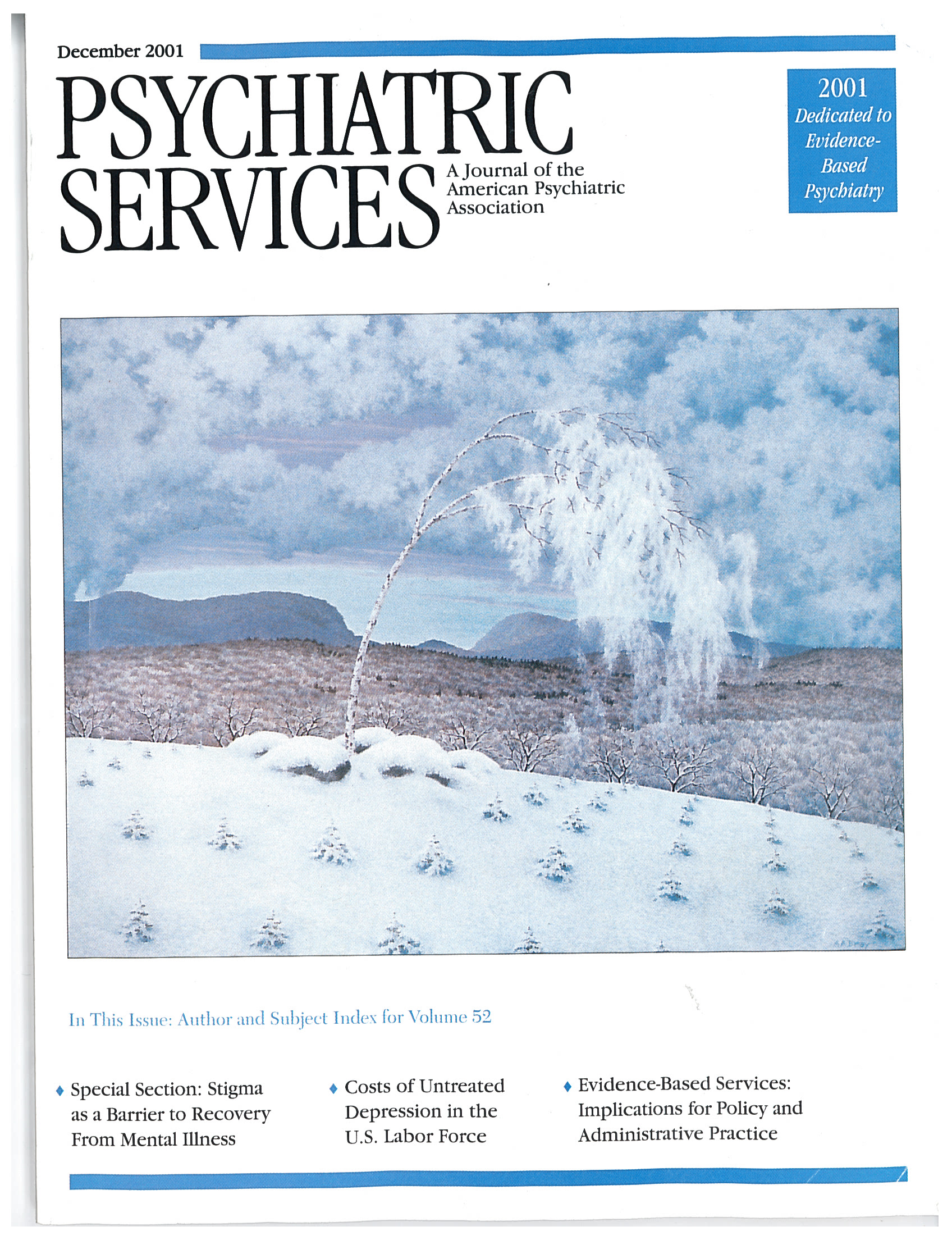Depression in the Workplace: Costs and Barriers to Treatment
Abstract
Surveys estimate that 1.8 to 3.6 percent of workers in the U.S. labor force suffer from major depression. Depression has a significant impact on vocational functioning. Seventeen to 21 percent of the workforce experiences short-term disability during any given year, and 37 to 48 percent of workers with depression experience short-term disability. Studies indicate that treating workplace depression provides favorable cost offsets for employers, although a number of methodological issues have influenced the interpretation of these findings. In addition to disability costs, cost analyses need to include lost wages and indirect costs to employers, such as the costs of hiring and training new employees. In general, employers are not aware of the extent of the indirect costs of untreated depression. They have mistaken assumptions about the availability of effective treatment, and they are unaware of how often depression contributes to worker disability. The workers' compensation system and the courts have been slow to recognize depression as a work-related disability, and as a result employers have few incentives to treat and prevent workplace depression.



